
Twin-Turbo From Gale Banks
Gale-Force, Twin-Turbo Output From Gale Banks
Text and Photos by Steve Temple
While street rods and big power go hand-in-hand, take that approach to its logical extreme. And we mean really extreme, as in Lee Sklar’s ’23 T-bucket. It’s more engine than car.
Starting with the sled, this flexy flyer’s chassis weighs only slightly more than a potato chip. Up front, it’s dressed with hairpins and race-only Radir rims. (But no brakes, right in keeping with the old rodder’s saying—you first figure out how to go fast, and later worry about stopping.)
At the rear, the Jag independent is damped with TCI shocks and dressed with a quick-change cover from Mr. Roadster. The Deist chute bag actually holds a car cover, but the wheelie bars do keep the nose down on hard launches.
Speaking of dropping the hammer, you can’t overlook the obvious power potential of that gleaming lump between the rails, a small-block Chevy from Banks Power bristling with a pair of twin turbos. Is this guy nuts or what?
“Yeah, it’s a wing and a prayer all right,” Sklar admits. But then again, he’s never followed a conventional course in life, having made a successful living as a session musician playing bass for the likes of Phil Collins, Jackson Browne, James Taylor, Clint Black and many other musical celebs. At last count, he’s laid tracks down on literally hundreds of albums.
But what about laying tracks with his T-bucket? Well, he’s done that as well. At a rod show in Long Beach, CA, some trailer-queen T-bucket took home the trophy, but that rig wasn’t even a real driver. To give his congrats to the owner of the car—but more to make a point—Sklar fried the hides, flashing a sly grin through that bushy beard. You’d think Rasputin had just rocked the show, the way he rolled out of there.
Hooking up the massive Mickey Thompson Sportsman meats takes some finesse and feathering on the loud-pedal. After all, even at a streetable six pounds of air pressure, there’s more than 500 horses belching out those stubby exhaust headers. Fortunately, it’s backed up by a comp-duty slushbox from A-1 Transmissions.
Keeping this hot engine cool is a polished brass radiator from Darold Wellbaum, along with an oil cooler cleverly painted to look like a license plate. He also recessed the firewall and cut out the passenger door in the fiberglass tub of this repro ’23 T.
Previously Sklar’s ’78 355 Chevy V8 was armed with a 6-71 blower topped by four DCOE 45 Weber carbs. Banks Power modernized this mill for the T-bucket with a Unilite distributor ignition and an Accel EFI. Even with the computerized tuning, you can’t spot the electronics right off, because the check-engine light and laptop port are hidden under the plush button-tufted seat.
“I still wanted to keep that old-time look with dual throttle bodies and the injectors located above the butterflies,” Sklar explains. “I had to hide all the wires to create the look of a carbureted engine.” Banks fabricated and routed all the shiny stainless lines and plumbing for the fuel, brakes, boost and nitrous tank.
To handle the extra volume of air from the pair of puffers, the Comp Coms valvetrain has a wide lobe separation and a special Banks grind on the bumpstick that closes the intake as late as possible, with very little overlap. Rhodes fast-bleed lifters ensure a smooth idle on the engine, but rev it up and the oil pressure overtakes the bleed rate for variable cam timing.
So when you stomp on it, watch out. As Sklar notes, “For anybody drivin’ it, you don’t want to loan them any money. When you get on it, you’d better hold on.”
What does it take to produce that kind of power? For more details, we visited with the engine builder, Banks Power (note sidebar). This company is known for a wide range of performance upgrades, everything from muscle cars to 220mph pickups fitted with a diesel (yes, diesel) engine.
“With me, it’s always about power,” says Gales Banks (no surprise there!). “We were able to pick up 200 hp more with the turbos over the Roots-type blower. Combined with the fuel
injection, the turbo set up is hugely more street-able, and the idle characteristics are far superior. Frankly, with these advantages and the substantial fuel economy gained, a turbo set up would be perfect for any street rod.”
Gale Banks really emphasizes rigorous testing on all of his company’s performance upgrades. “For the twin-turbo program, we had one engine called ‘the mule’. That’s because we kicked the livin’ crap out of it,” he laughs.
Since this setup is a whole ‘nuther animal from most street rod mills, we decided to dig a little deeper into the Banks approach. We’ve all heard the wisdom that there’s no substitute for cubic inches, but cubic inches of what? Is it cubic inches of engine that count, or cubic inches of air in the combustion chamber? As Banks points out, it’s obviously the latter.
To allow for even more boost, should Sklar go really crazy, the compression ratio is only 7.5:1. So consider this, if Sklar’s engine were dialed up to 15 psi of boost, it would effectively double the size of an engine. That means 15 psi of boost will make a 350-cubic-inch performance engine seem like a 700-cubic-inch performance engine.
Actually, that’s not exactly accurate—15-psi boost more than doubles the performance an engine. It does this for two reasons: first, the internal friction of the engine remains largely the same regardless of boost, so the extra power from turbocharging is almost totally available to power the vehicle.
Second, the boost in the induction system actually helps push the pistons down on the intake stroke. In contrast, on a normally aspirated engine that intake stroke creates a pumping loss (negative torque).
Traditional street rodders may point out, though, that the turbochargers create exhaust backpressure, increasing the pumping loss on the exhaust stroke. This is not the case if the system is carefully engineered with only a minor exhaust restriction for the dual turbos, so that boost pressure always exceeds exhaust system backpressure. Putting it simply, in terms of performance, a good twin-turbo 350 V8 will turn your engine inside out. Bigger engines add power, but turbocharging bigger engines really gets the job done.
Happily, there’s more good news associated with turbocharging a small-block Chevy V8, and almost all of it comes down to durability. The performance industry offers a variety of high-strength cylinder blocks in both iron and aluminum. Thicker main webs and four-bolt main caps are just what a turbocharged engine needs.
Also, a small-block Chevy uses five head bolts or studs surrounding each cylinder to help secure head gaskets. And of course, the aftermarket has a variety of premium head gaskets too. Then there are other heavy-duty parts readily available, such as forged crankshafts, forged connecting rods, forged pistons, special piston pins, and premium rings and bearings.
Of course, the small-block Chevy V8 also benefits from a wide variety of high-performance cylinder heads, intake manifolds, and valvetrain pieces. Simply stated, nearly everything that improves airflow on a normally aspirated engine will also improve total flow on a turbocharged engine.
The next good news is that extreme-duty drivetrain parts are readily available for rear-wheel-drive vehicles with V8 engines. This includes clutches, transmissions, u-joints, differentials and axles. Most of this was developed for drag racing or circle track racing. Such strength and durability is important when dealing with real power. For example, a 350-cubic-inch V8 running at 20-psi boost is capable of roughly 900 lb/ft of torque.
Of course, in a lightweight T-bucket, you don’t need to go that far. Well, in Sklar’s case, you never know for sure. Even though he plays music for a living, he proudly admits that he’s a car guy first and foremost. Over the years his rides have included a ’37 Lincoln Zephyr, ’39 Hudson, ’39 LaSalle, ’50 Coupe de Ville, and ’38 Ford panel, among many others. So while he lays down some licks for a living, it’s all to lay down those slicks on the street.

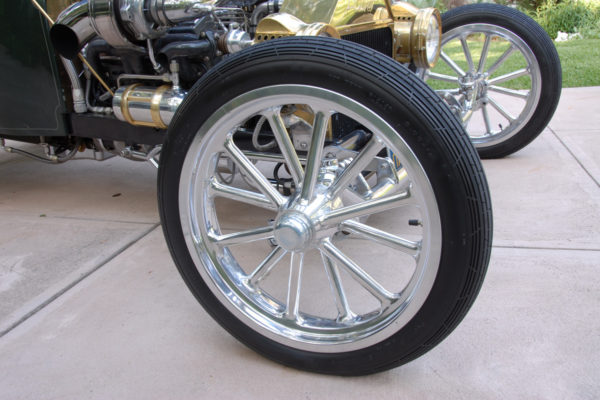
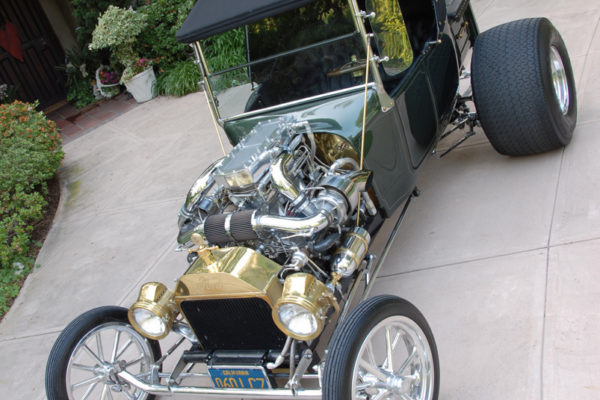
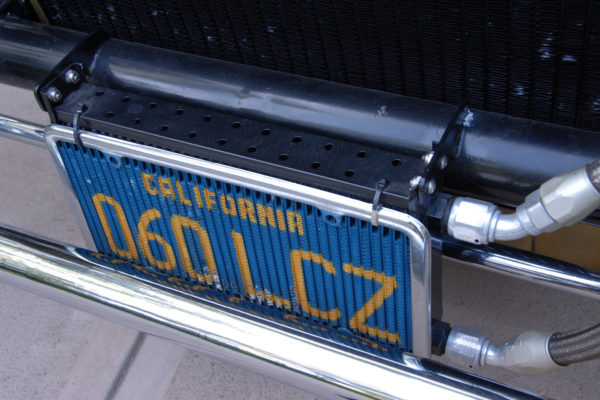
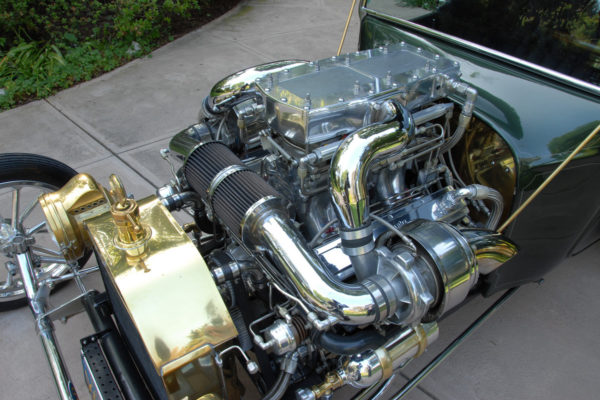
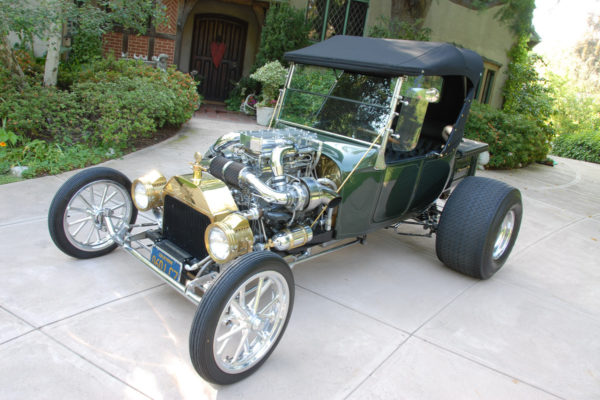

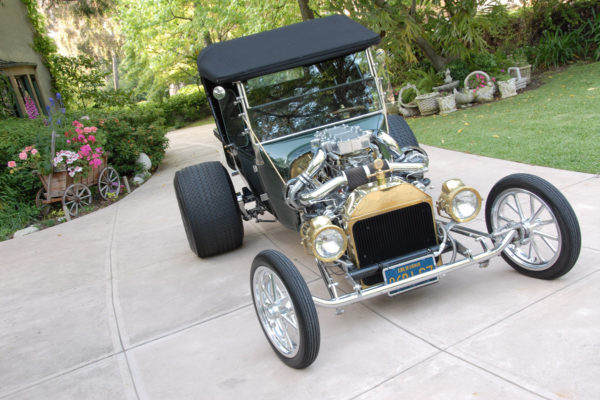
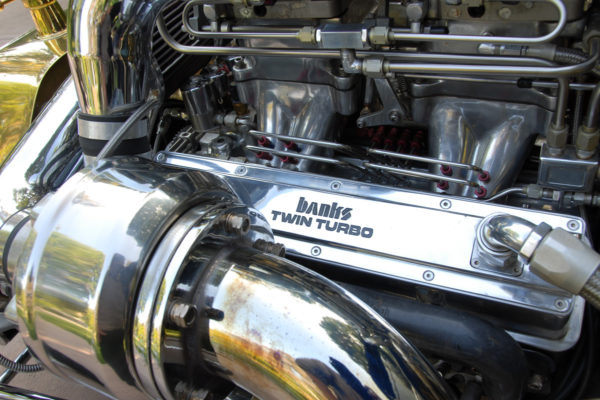
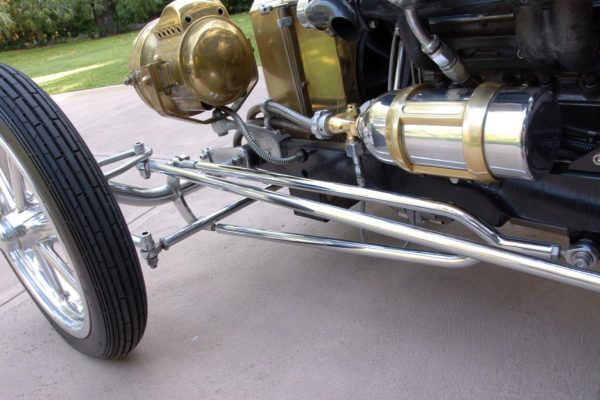
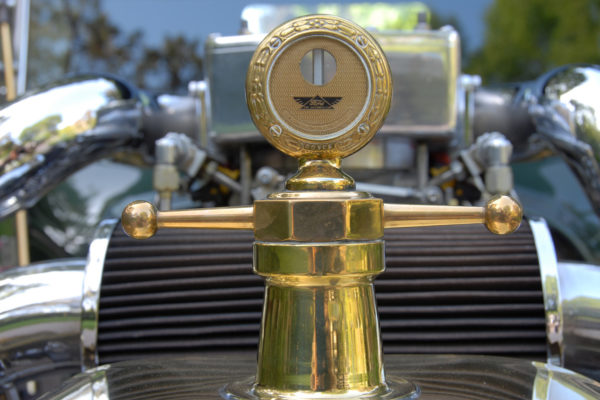
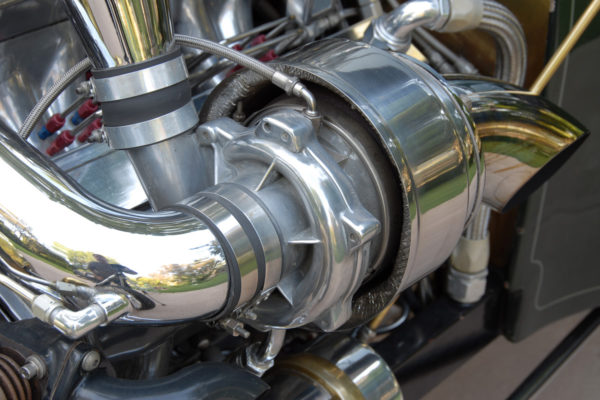
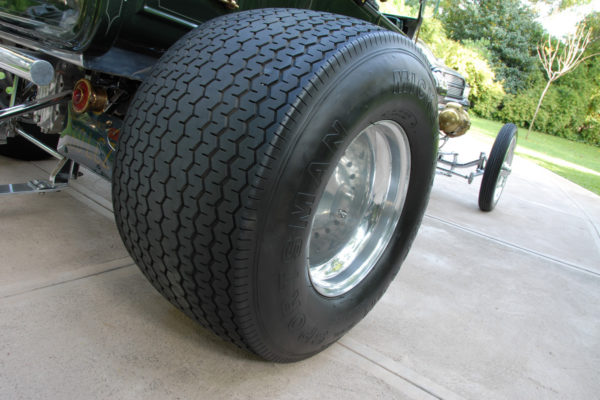
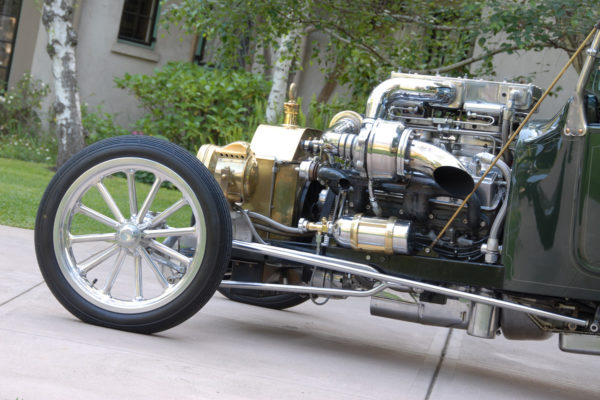
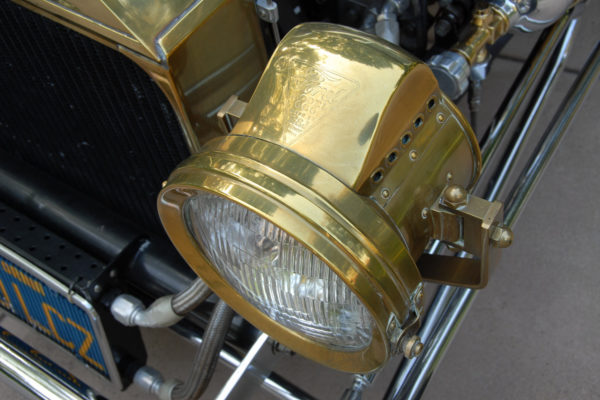
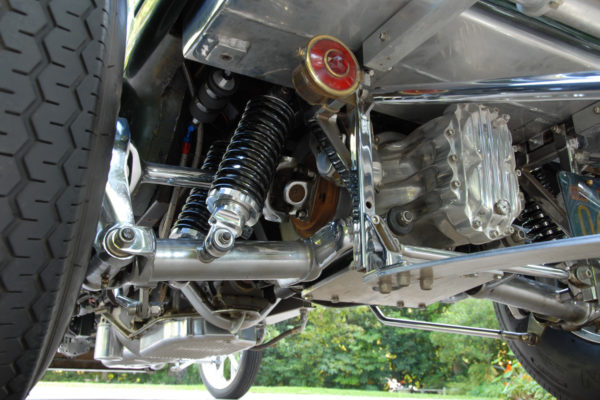
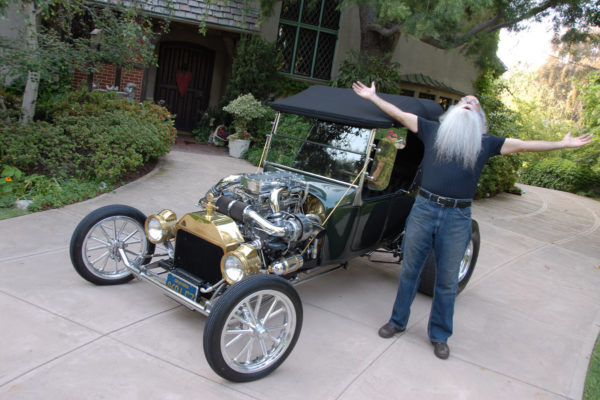
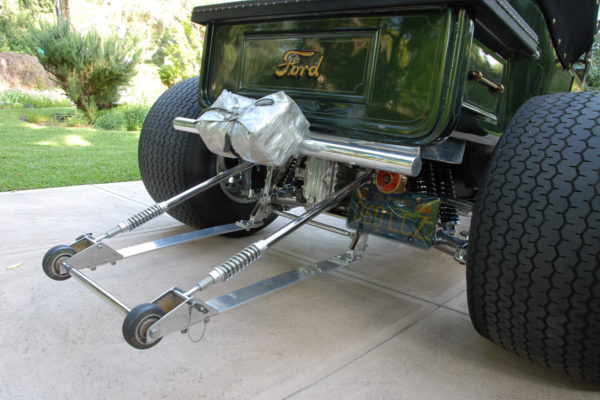
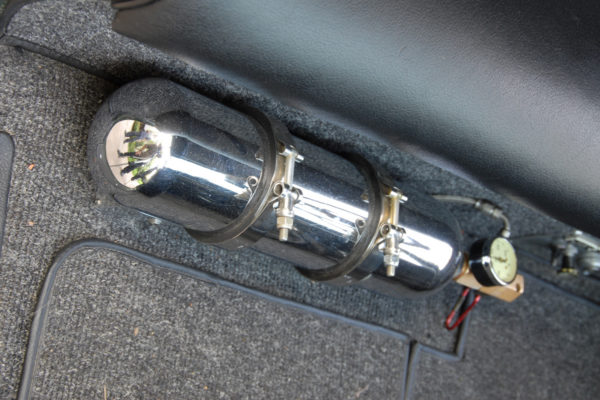
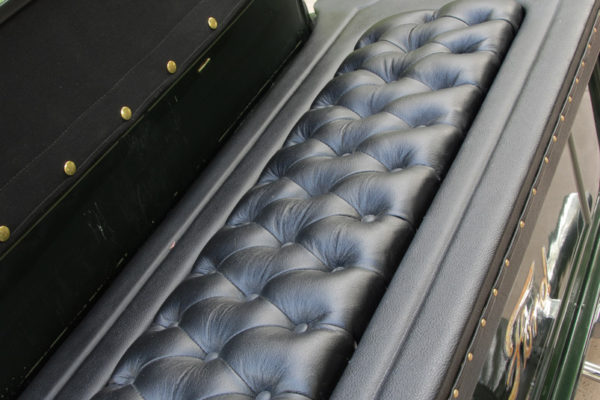
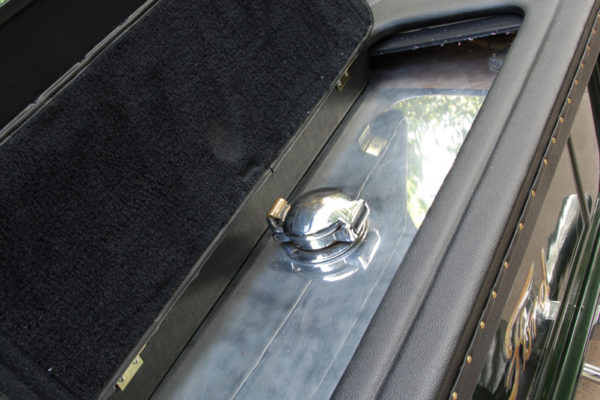
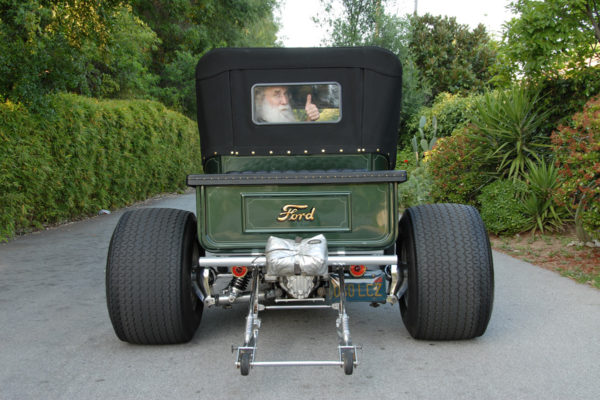
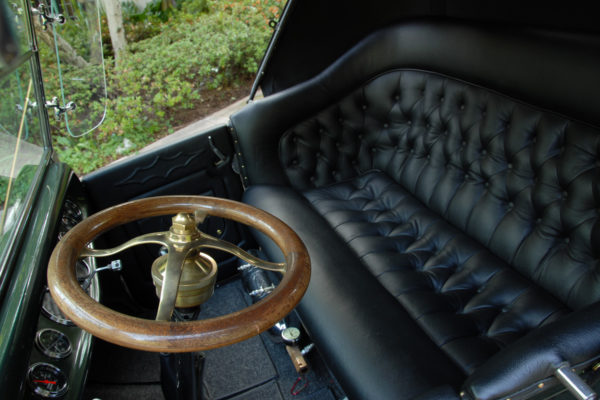
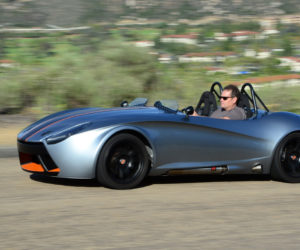
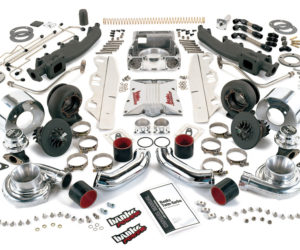
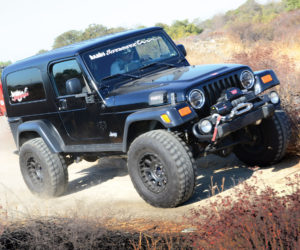
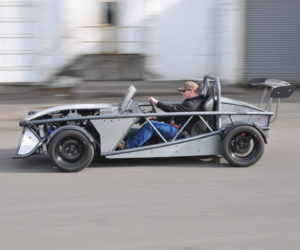
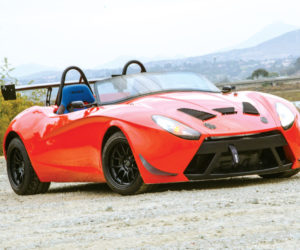
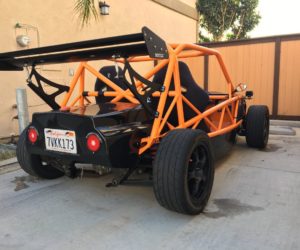




Comments for: TEMPEST IN A T-BUCKET
comments powered by Disqus